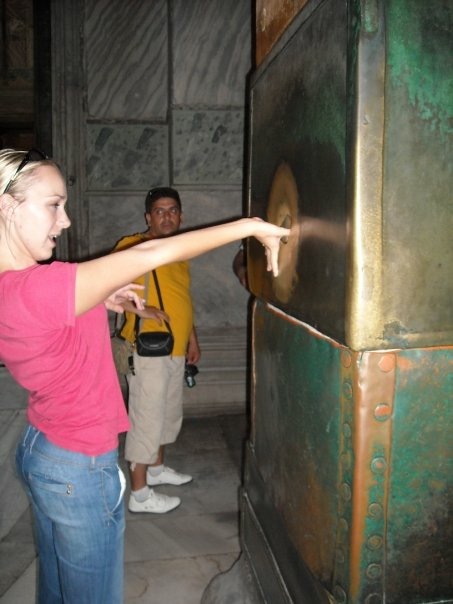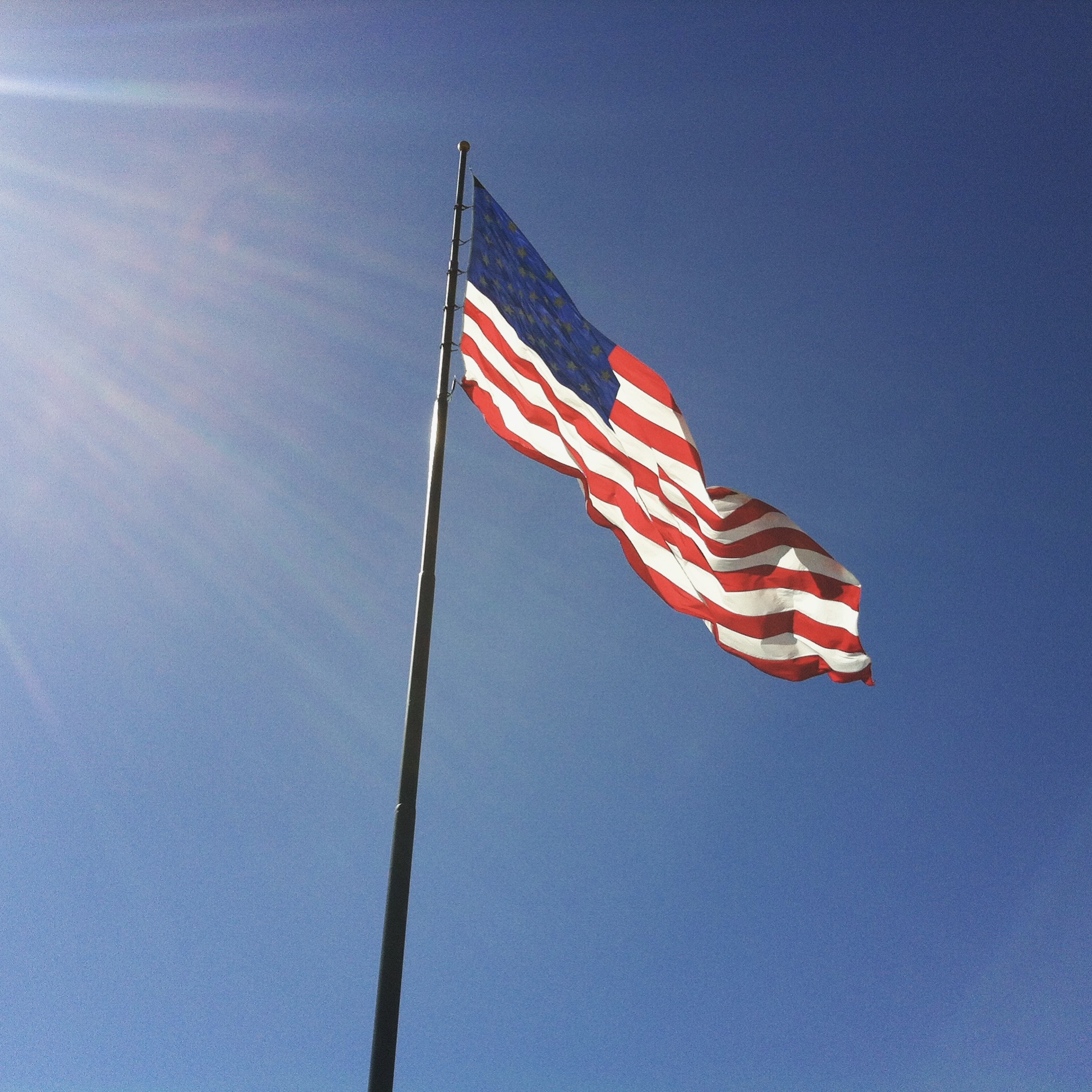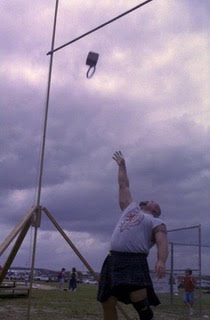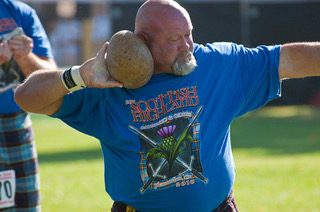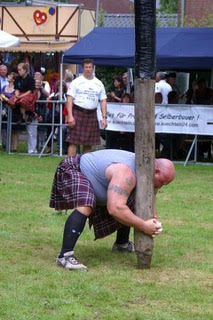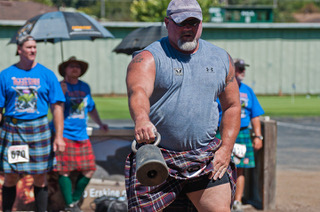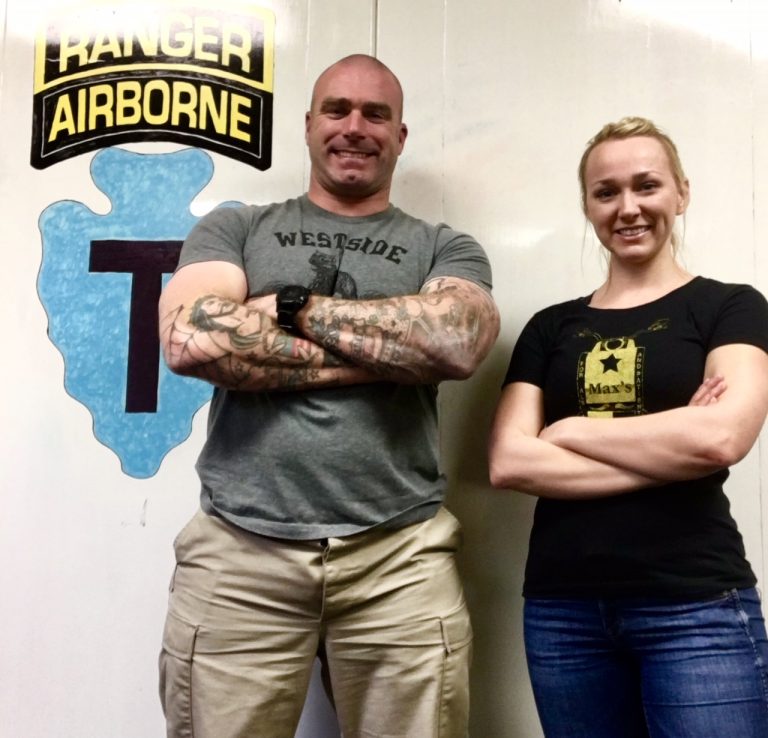Merry Christmas, yall!
I hope you are having a Christmas that fills your heart with peace. I hope you are able to take time and slow down, and enjoy family, friends, and reflection.
My greatest hope for my clients (and you!) is that they truly make fitness a lifestyle that will last their whole life. If you think about it like this, you’ll realize you are guaranteed to have busy times, slow times, sad times, good times.

Even the Bible says there is a time for everything.
A Time for Everything
3 There is a time for everything,
and a season for every activity under the heavens:
2 a time to be born and a time to die,
a time to plant and a time to uproot,
3 a time to kill and a time to heal,
a time to tear down and a time to build,
4 a time to weep and a time to laugh,
a time to mourn and a time to dance,
5 a time to scatter stones and a time to gather them,
a time to embrace and a time to refrain from embracing,
6 a time to search and a time to give up,
a time to keep and a time to throw away,
7 a time to tear and a time to mend,
a time to be silent and a time to speak,
8 a time to love and a time to hate,
a time for war and a time for peace.
Time for Christmas
The verse above is so interesting to me, because it really helps me remember that I can’t just inflict my preferred schedule on every day of my life.
So – give yourself some grace if you are off your routine. If you can’t find the perfect gym while you are traveling, or if you have to just add in some walks, or even just rest, it’s ok.
Please take this time to enjoy, because this is the stuff life is made of.
I’ll be thinking of those of you that are having a tougher holiday.
Merry Christmas, and see you in 2025!

About the author
Kathryn Alexander is a strength coach and personal trainer in Austin, Texas. She loves hiking, college football, and the feel of a perfectly knurled barbell. Read more about Kathryn here.


































